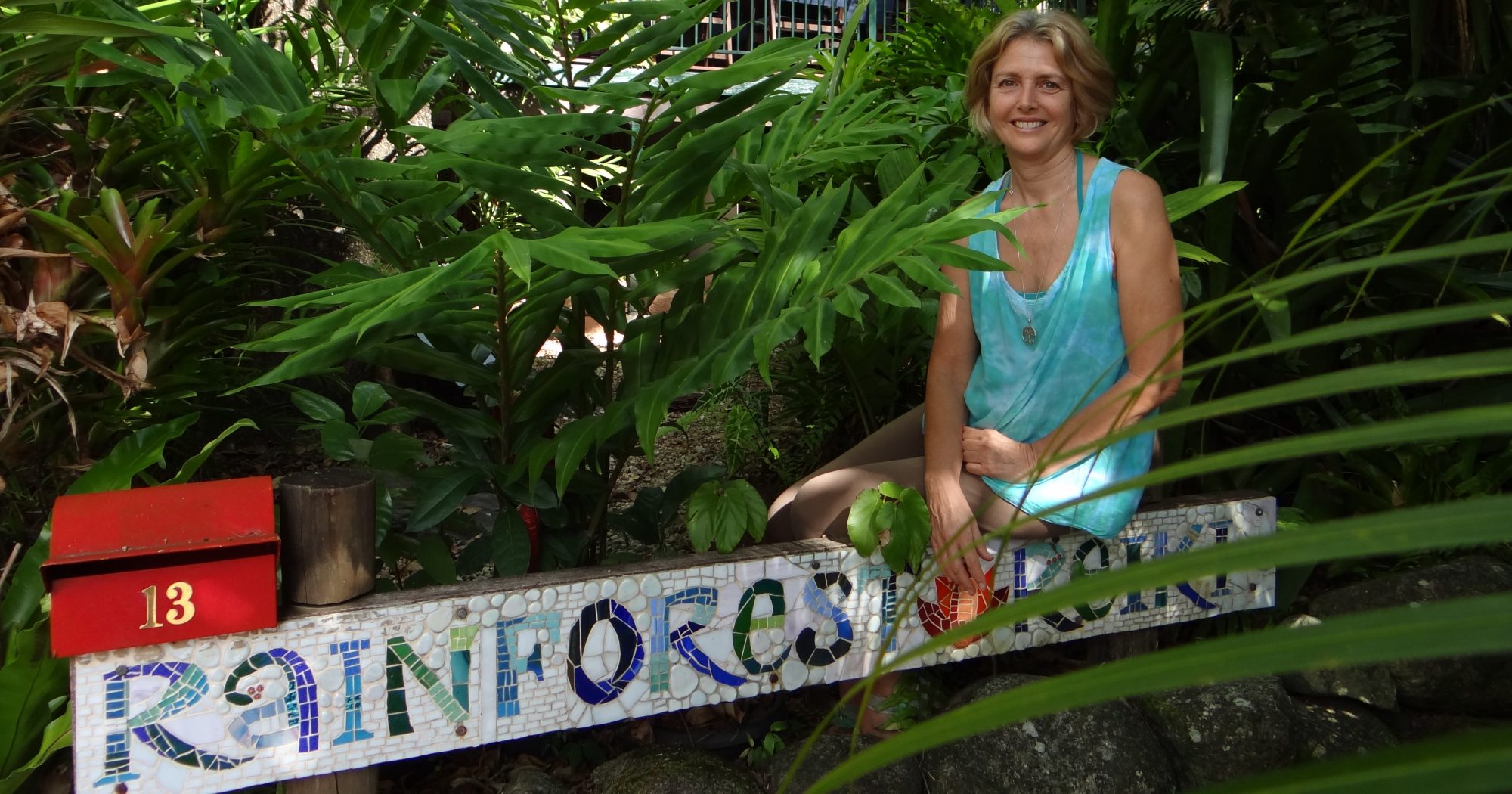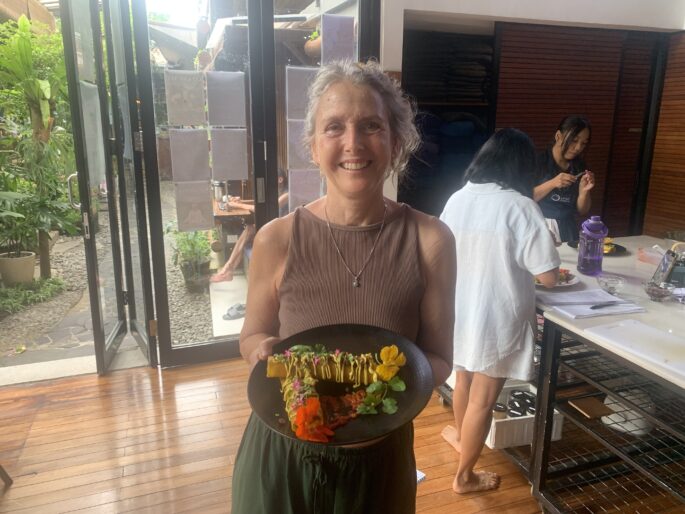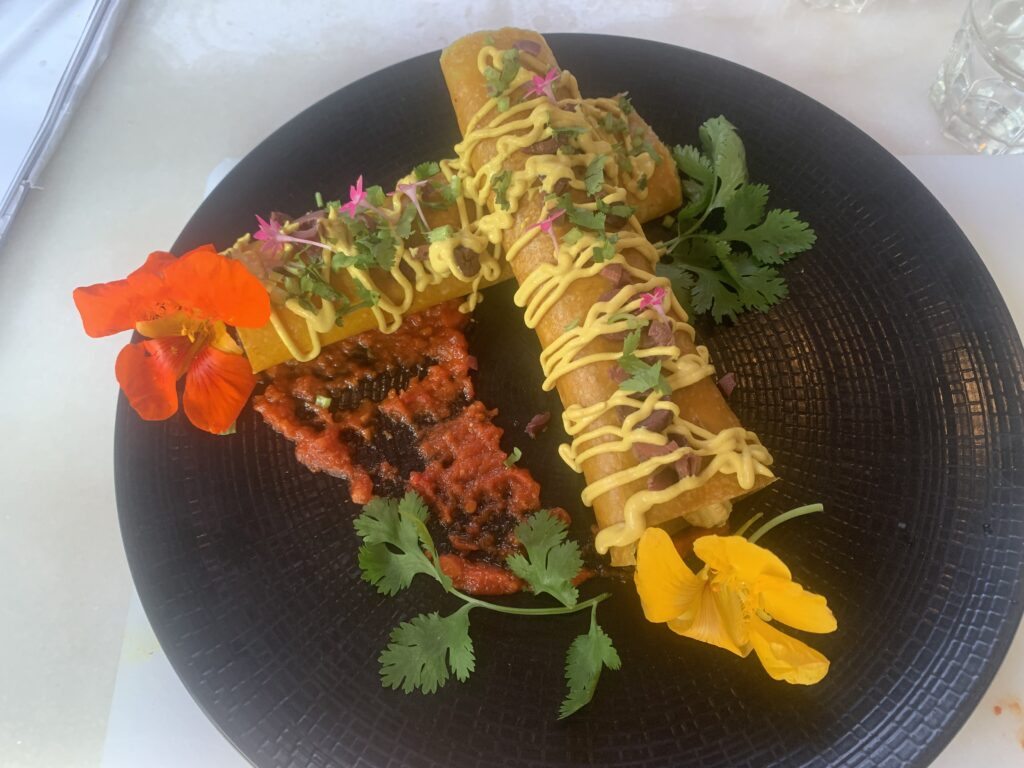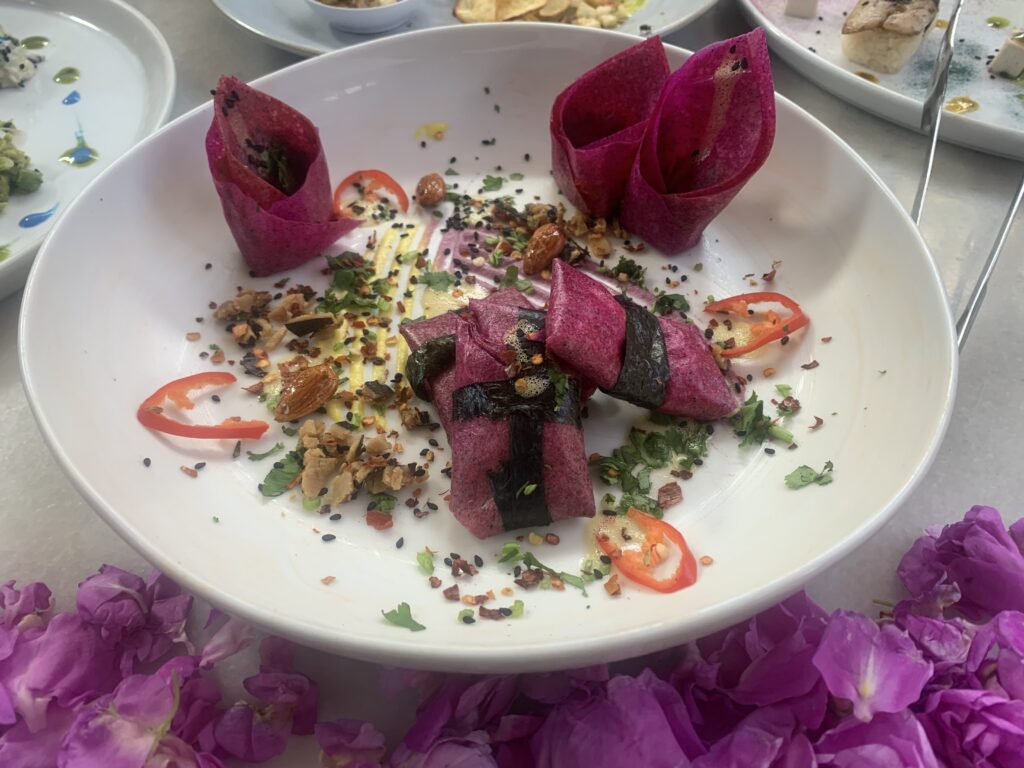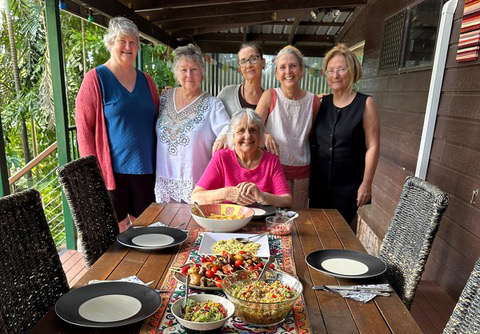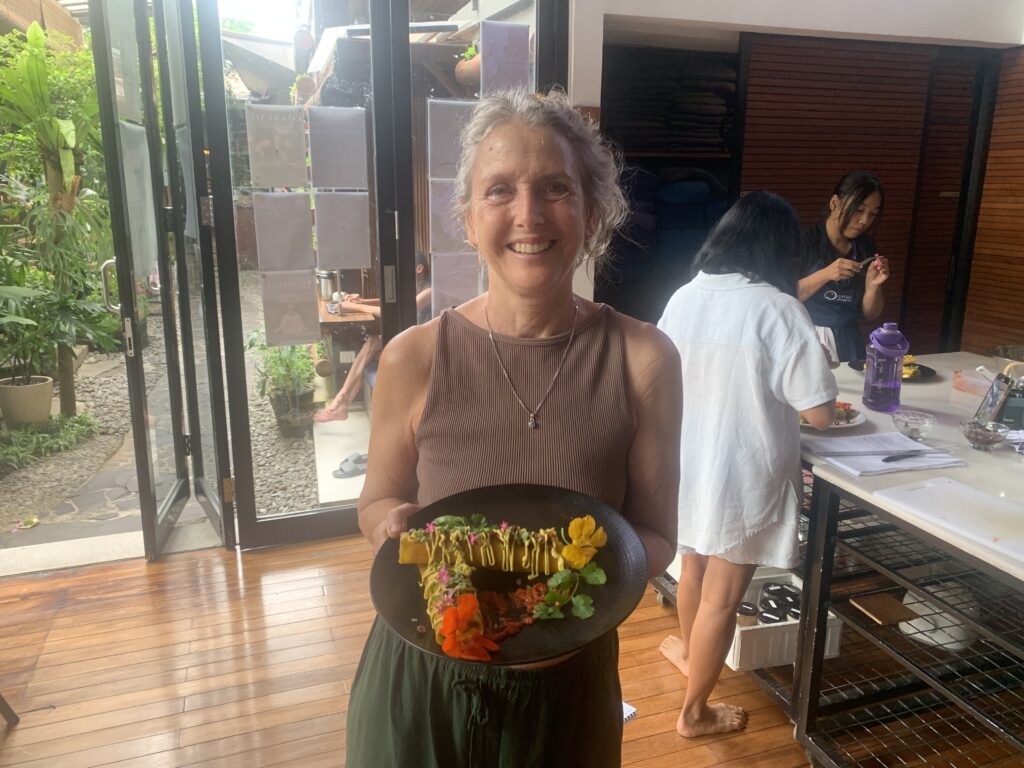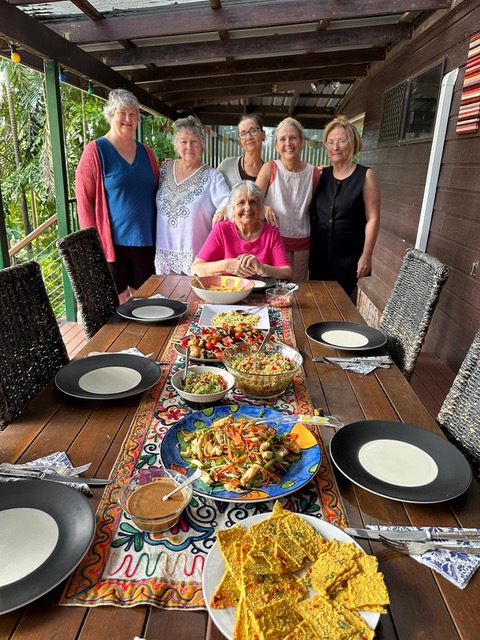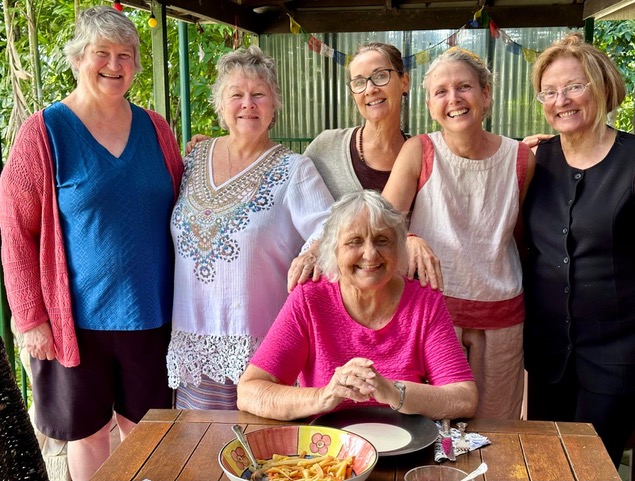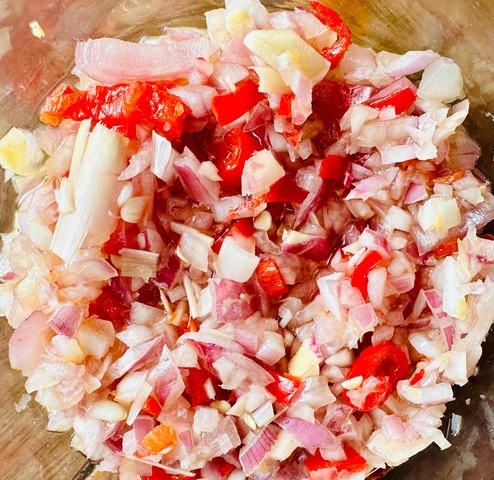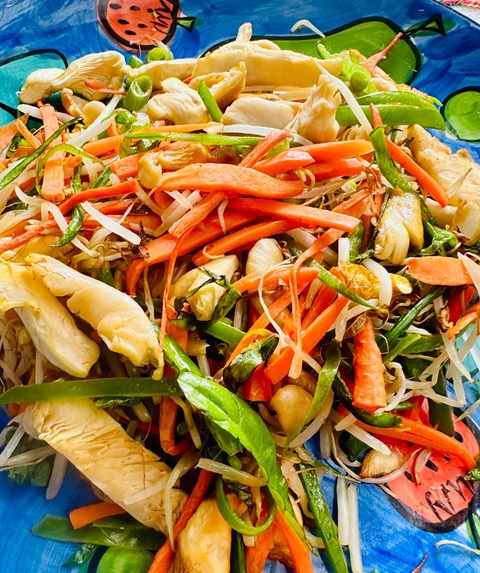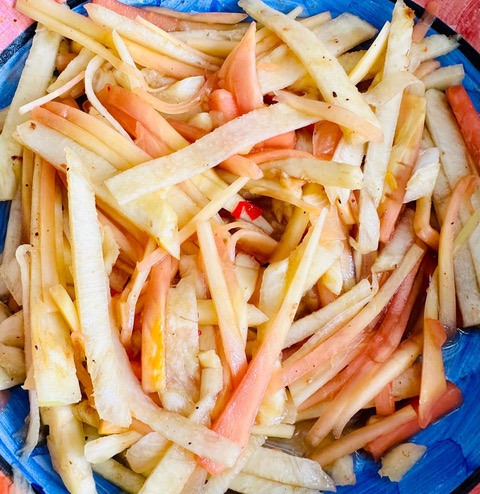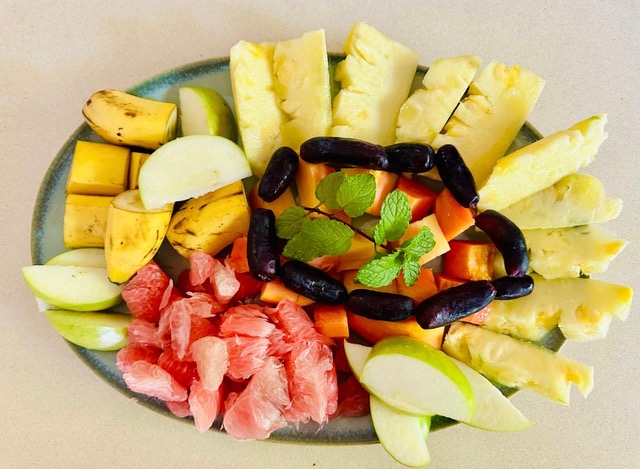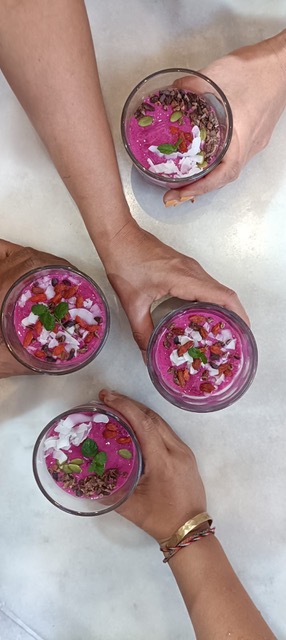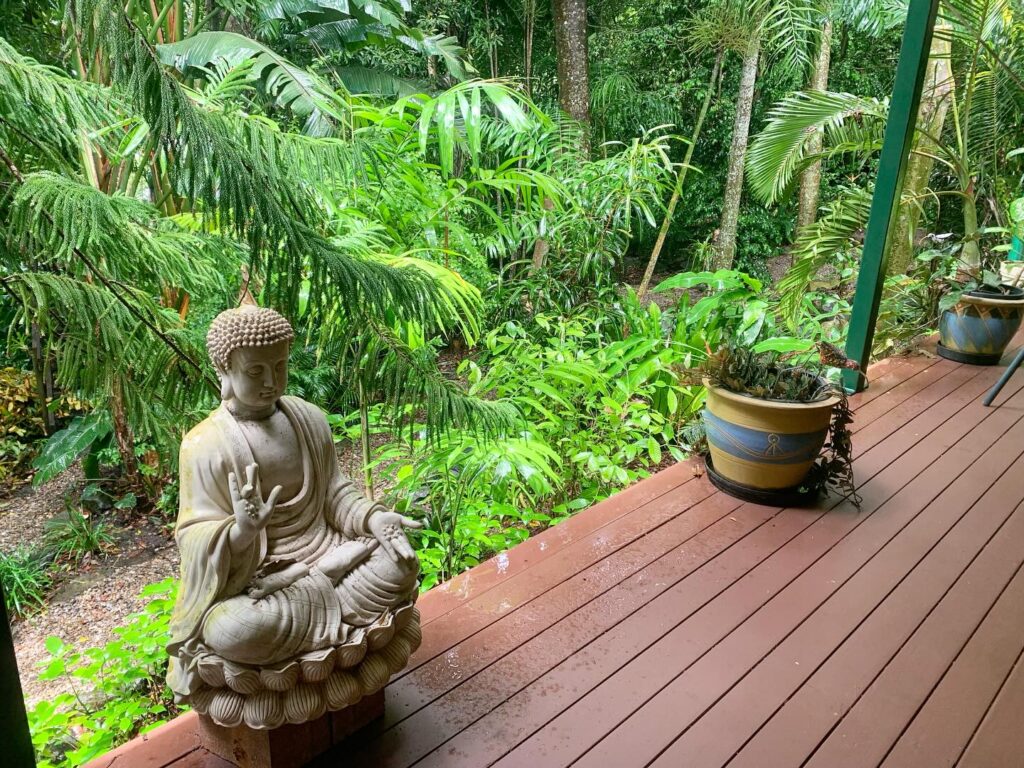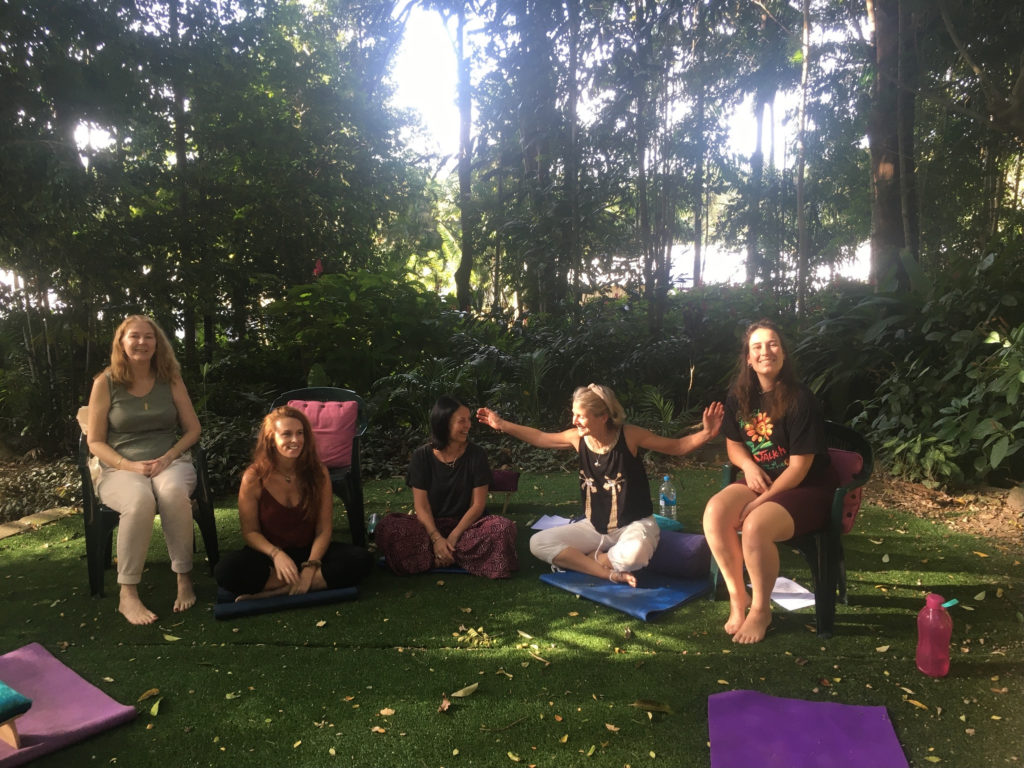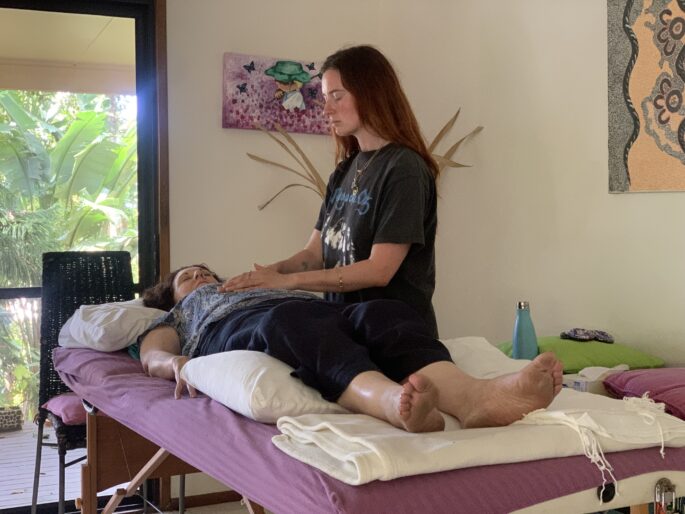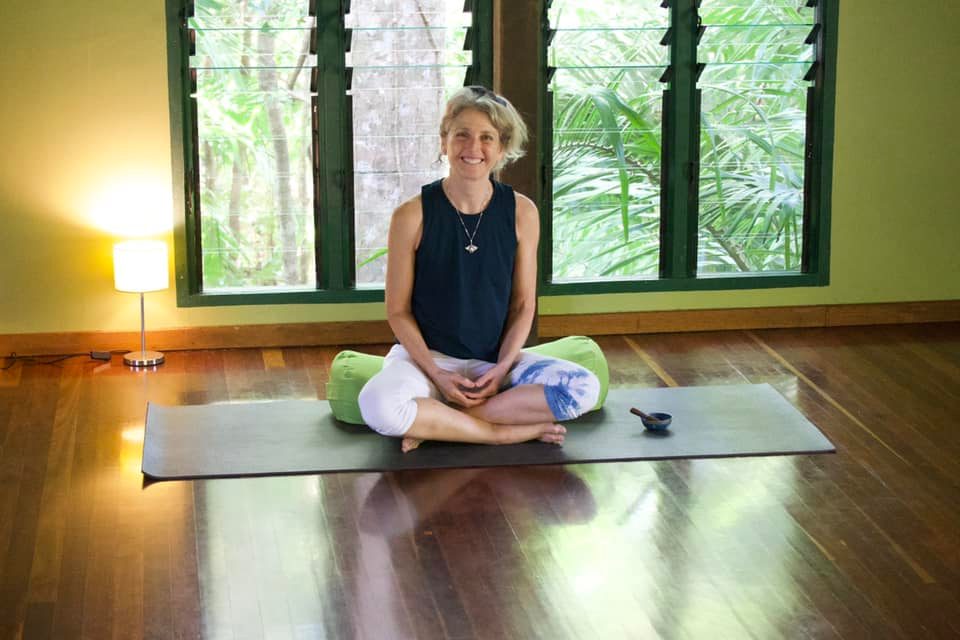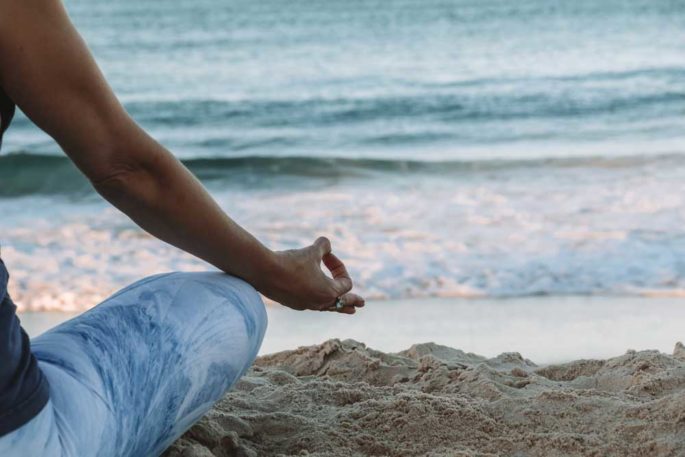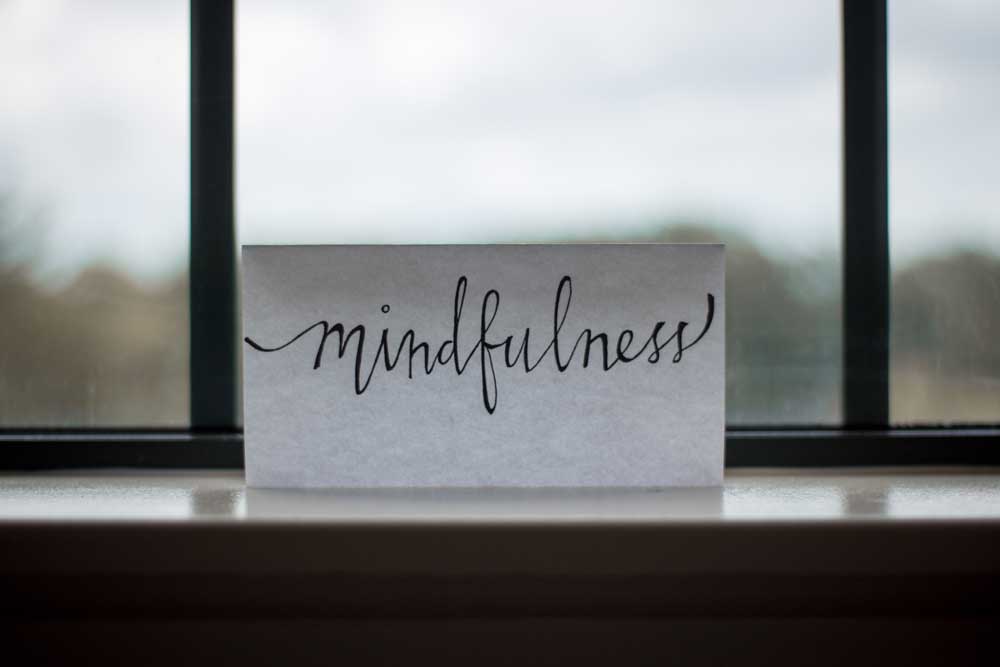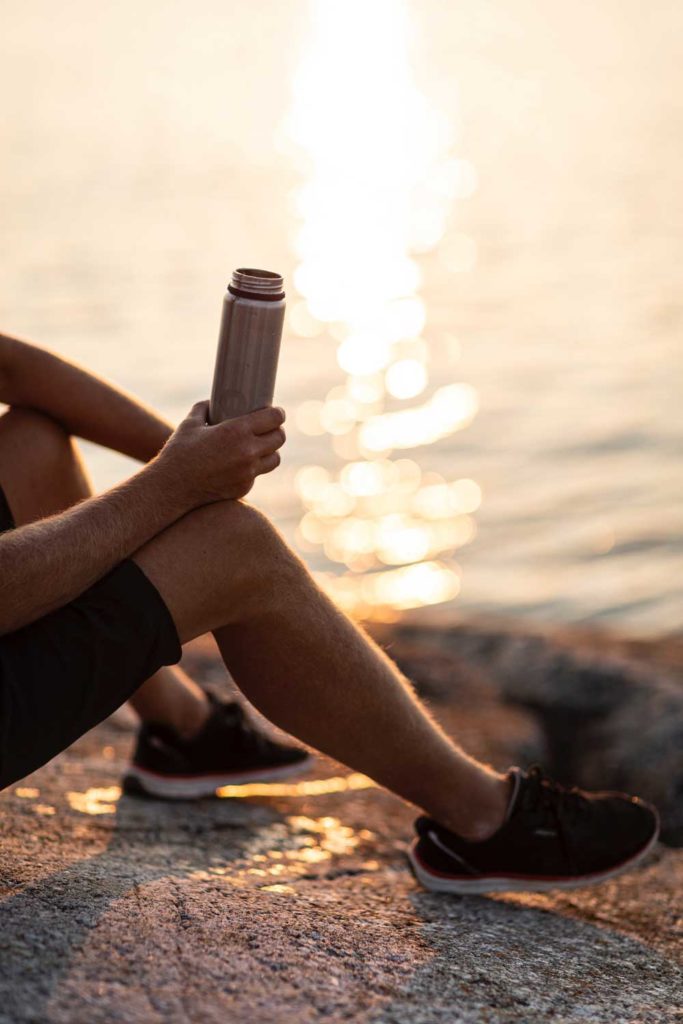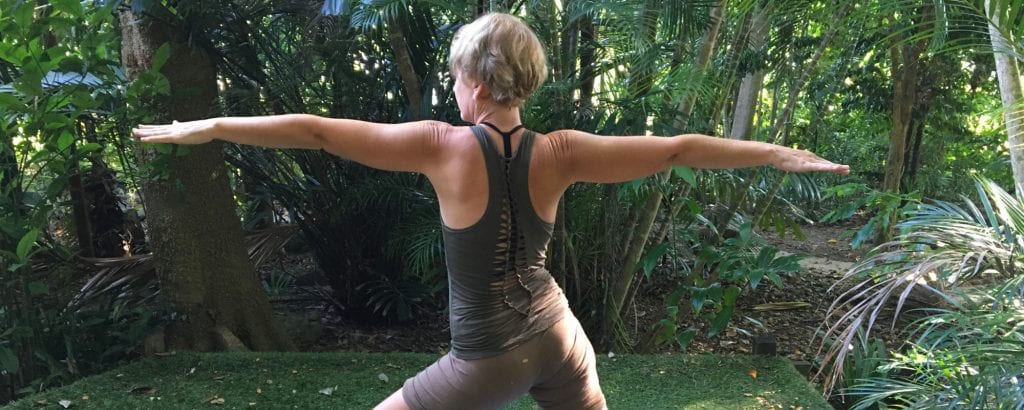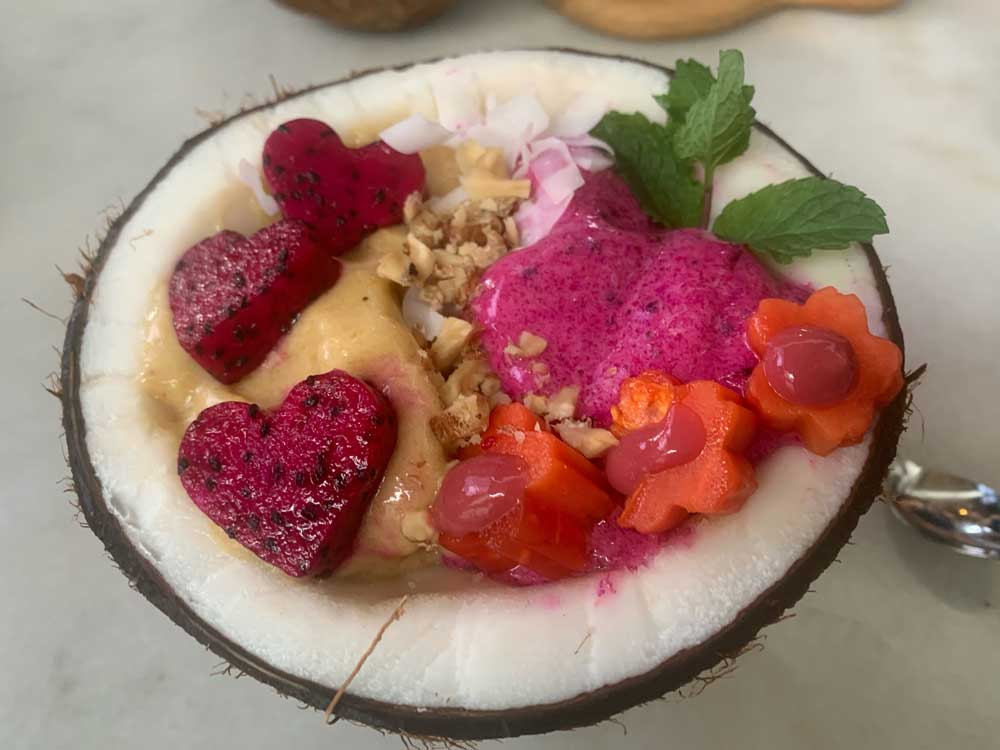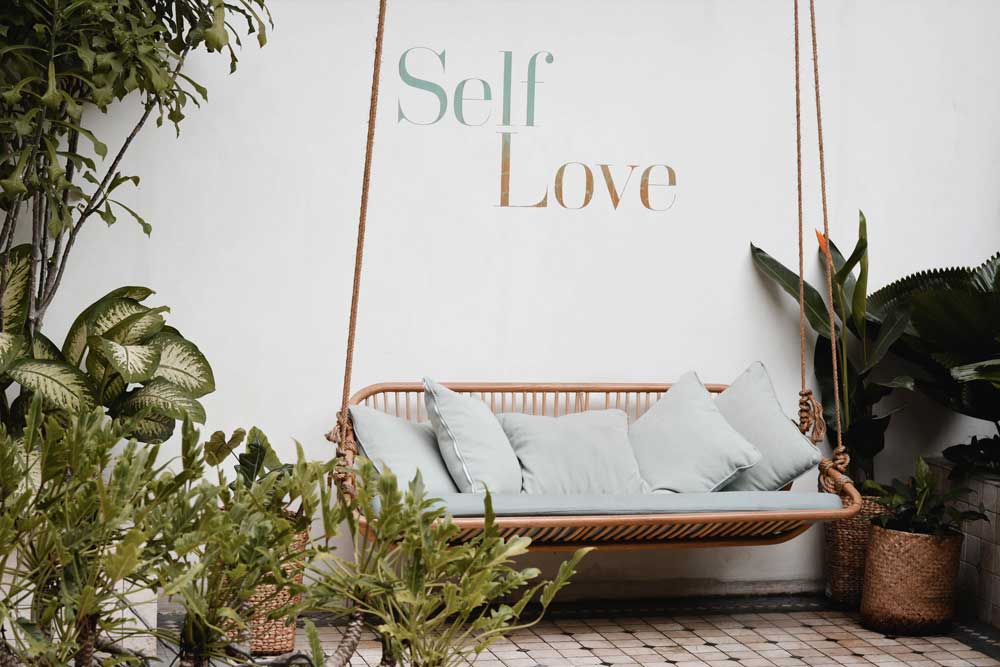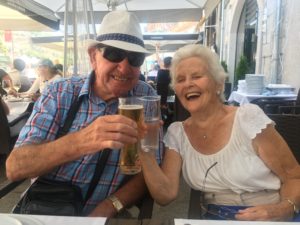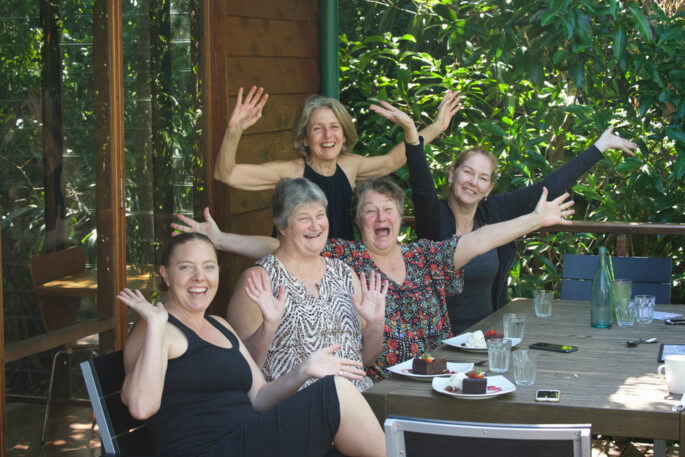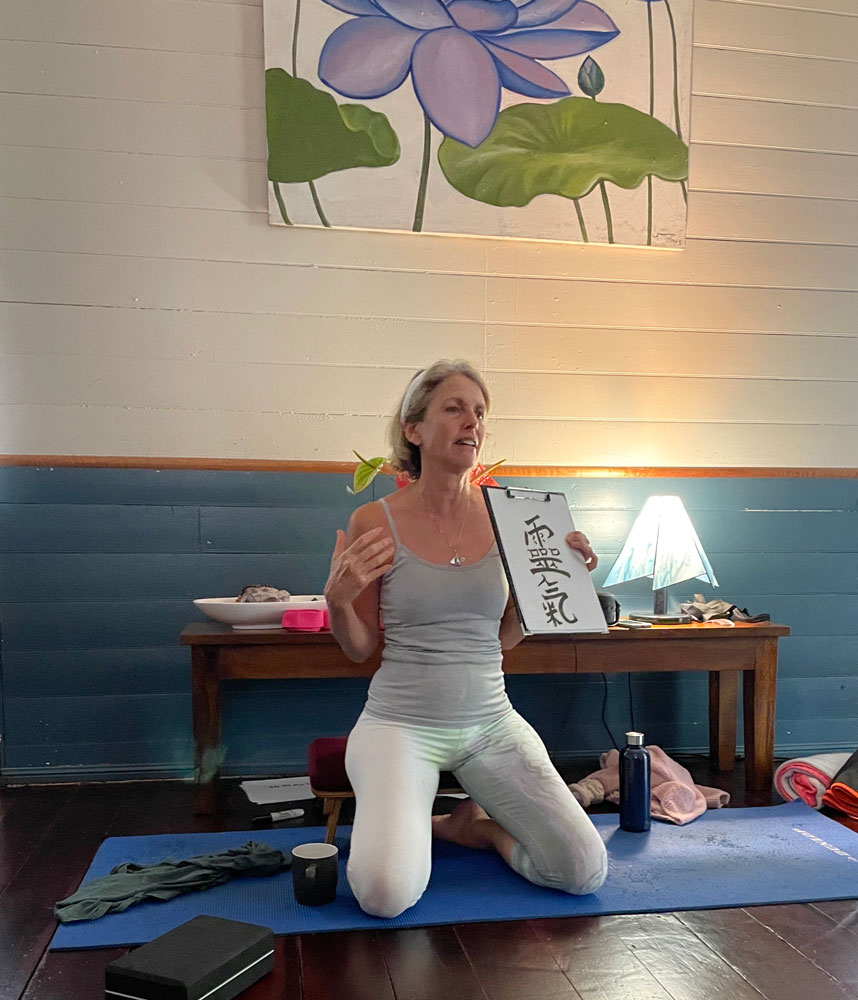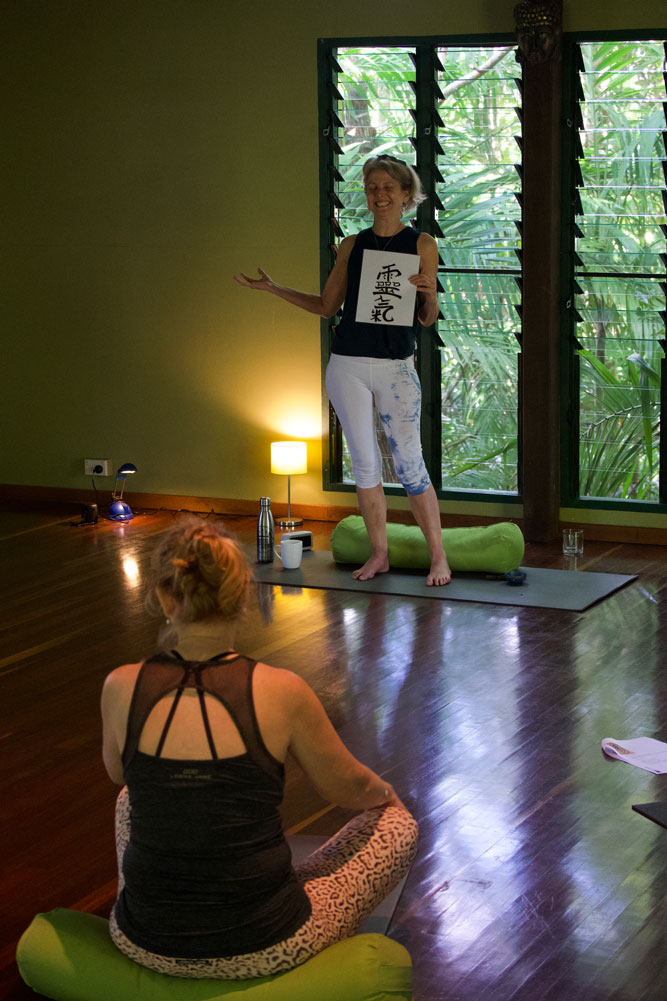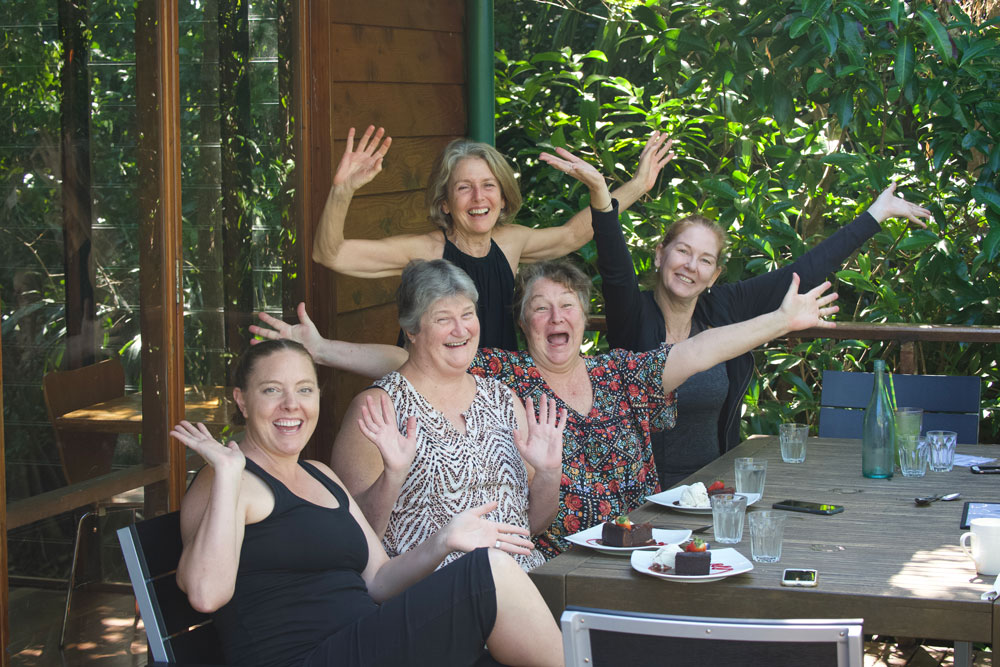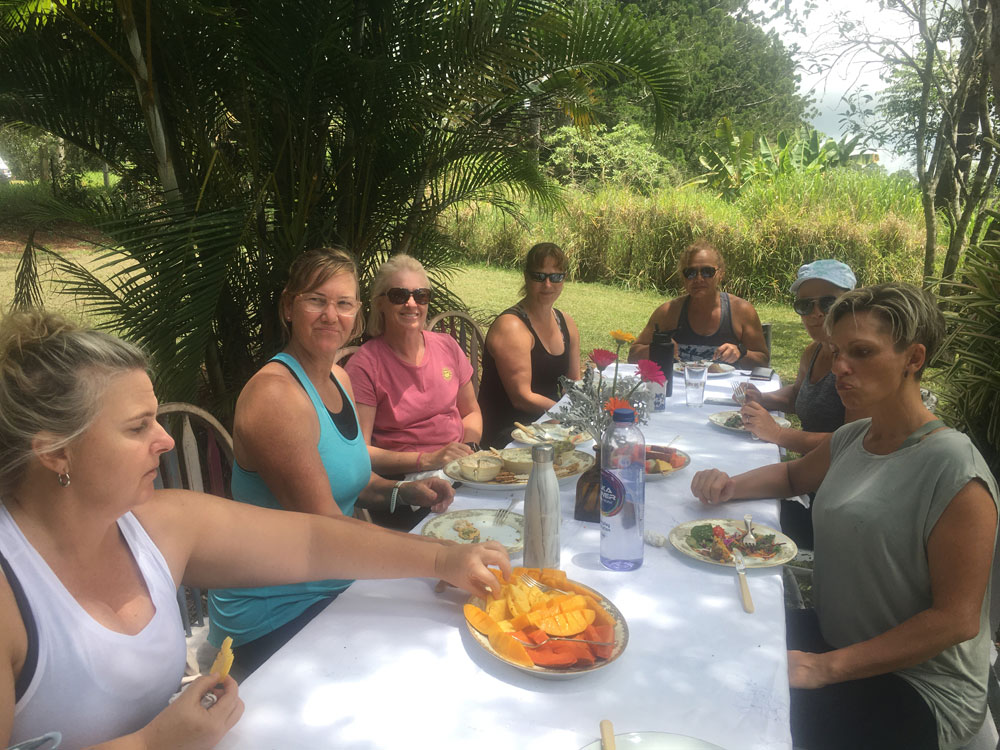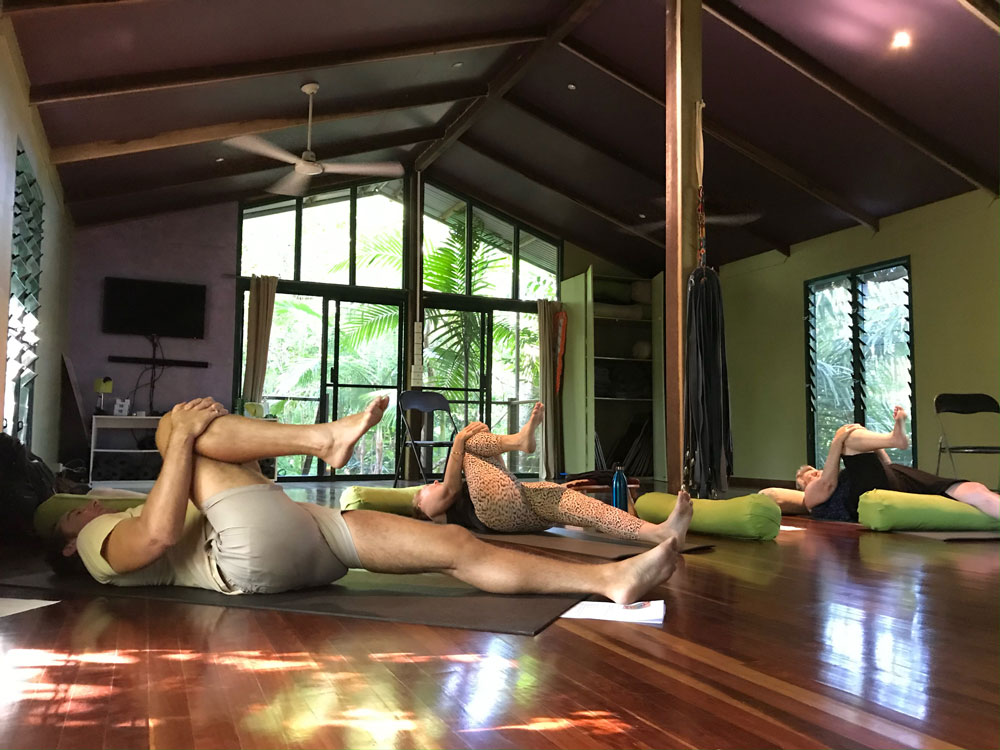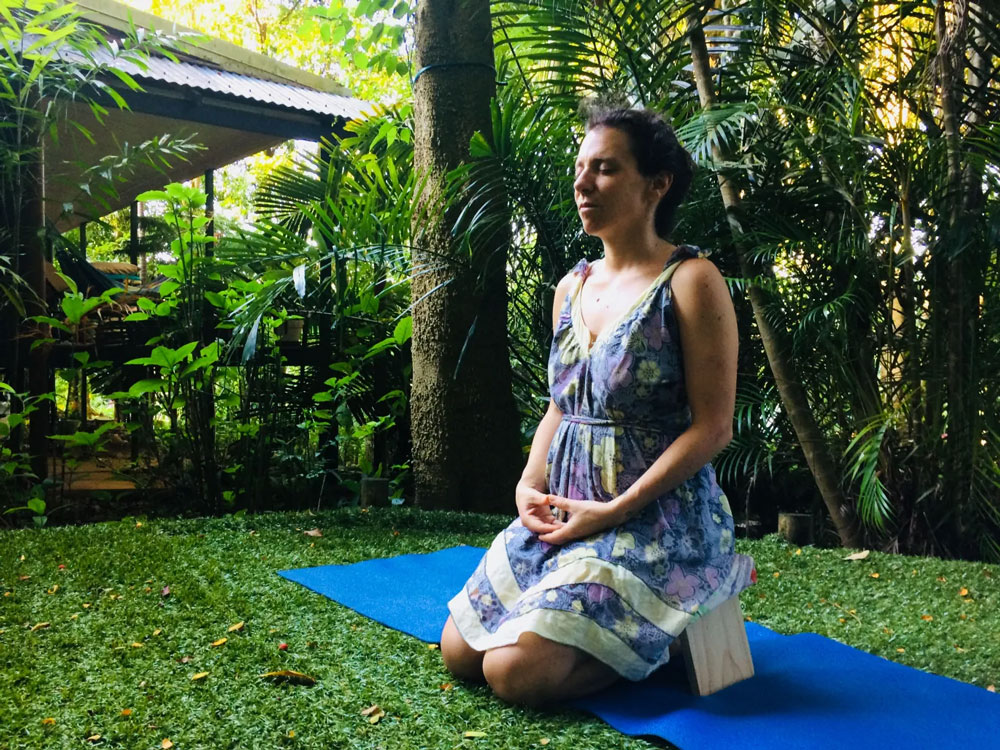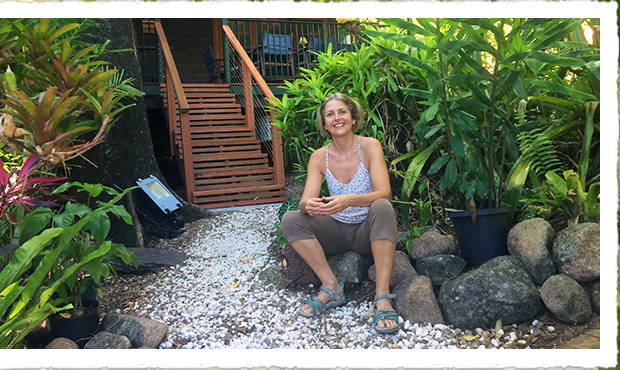How many mornings do we wake up with our minds racing? Worries, frustrations, to-do lists, fears — we relive the past or rush ahead to the future — and before we know it, stress has become the norm.
Much of this is learned behaviour, passed down from childhood, and unless we become conscious of it, we keep carrying it for our entire lives.
And it doesn’t just affect us?
When we share our worries and dramas, we can unknowingly pass negative energy onto our children. It’s no wonder so many young people are feeling anxious, overwhelmed, and disconnected.
But the good news is, when we begin to live more mindfully — when we consciously choose peace — everything around us starts to shift. Especially for our kids and loved ones.
Make happiness a priority
We all want happiness, and most of us go searching for it outside ourselves. Travelling to beautiful places, walking in nature, watching a good comedy, or meeting friends for a drink — all wonderful ways to feel uplifted. But those external joys are fleeting. Eventually, travel becomes tiring, the weather changes, or we wake up from that “fun” night out feeling flat (or worse) hungover!
So how do we find lasting happiness and a genuine sense of playfulness in our everyday lives?
The answer, for me, has been Reiki.
The Reiki Toolkit
Starting my day by reciting the reiki precepts shifts the focus to the present moment. That’s where truth lives.
Practising simple Japanese meditations brings awareness back into the body. With that awareness comes the chance to go deeper — to meet what’s uncomfortable, breathe through it, and gently transform negativity into clarity and peace.
Hands-on healing in the morning, rather than a dose or rumination and worry, allows the mind to settle and the heart to open. It sets a gentle tone for the hours ahead, reminding ourselves that peace is not something we have to find later — it’s already here.
With daily Reiki practice, self-healing isn’t something we do once in a while — it becomes a way of life.
Can you imagine living each and every day with greater:
Clarity
Peace
Space to recognise negative thoughts and beliefs — and to change them
Mindfulness
Compassion for yourself and others
The ability to see things as they truly are
A lighter heart — more playfulness, more laughter, less seriousness
This is what reiki has done for me every day for the last 20 years. Would you like to practice too?
There are many ways to begin your Reiki journey. You might like to:
Experience a Reiki treatment and feel the effects for yourself.
Join one of my Raw Vegan & Reiki Retreat Days — no experience necessary.
- Enrol in a Beginners Course (Reiki 1 Shoden) and learn to practice Reiki in your own daily life.
If you have any questions, I’d love to hear from you.
Julie xx
Schedule Some Self-Care
Why not learn Reiki and begin building your own practice of happiness, mindfulness, and self-care? You’ll meet like-minded people and build lifelong connections.
Events

